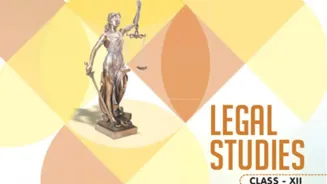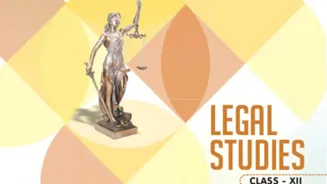The Central Board of Secondary Education (CBSE) has decided to rate and recognise all its affiliated schools based on a comprehensive 60-indicator survey under the Swachh Evam Harit Vidyalaya Rating (SHVR)
2025-26. The programme aims to promote a clean, green, and inclusive school environment across India.
Easy Digital Tools To Help Schools Take Part
To facilitate this, CBSE has developed a dedicated portal and mobile application that will enable schools to participate digitally, conduct self-assessments, and allow for ongoing monitoring. Schools are required to participate in the SHVR 2025-26 assessment by September 30, 2025, using either the mobile app or the web portal.
Schools can access the SHVR platform via the official website at shvr.education.gov.in, where QR codes are available to download the Android and iOS apps. Alternatively, schools can log in or sign up on the website’s homepage to complete their assessments.
The SHVR 2025-26, launched by Union Education Minister Dharmendra Pradhan, is an expanded and revitalised version of the earlier Swachh Vidyalaya Puraskar (SVP). This mandatory programme covers all schools with a UDISE code across the country, including government, aided, private, residential, tribal, minority, and centrally run schools such as Kendriya Vidyalayas (KVS), Navodaya Vidyalayas (NVS), and CBSE-affiliated schools.
The initiative encourages schools to evaluate and improve themselves across six key areas: water availability, toilets, handwashing with soap, operation and maintenance, behaviour change and capacity building, and Mission LiFE activities.
Top Schools To Be Rewarded At Every Level
Recognition under SHVR will be awarded through certificates of merit across four categories. At the district level, eight schools will be nominated for state-level recognition, including three schools each from rural categories I and II, and one school each from urban categories I and II.
At the state level, the certificate of merit will be granted based on overall scores. Up to 20 schools from each State or Union Territory with a five-star rating—seven from Rural category I, seven from Rural category II, three from Urban category I, and three from Urban category II—will be nominated for national-level recognition.
At the national level, 200 top-performing schools will receive certificates of merit, comprising 70 schools from Rural category I, 70 from Rural category II, 30 from Urban category I, and 30 from Urban category II, according to the Ministry of Education’s press release.


















